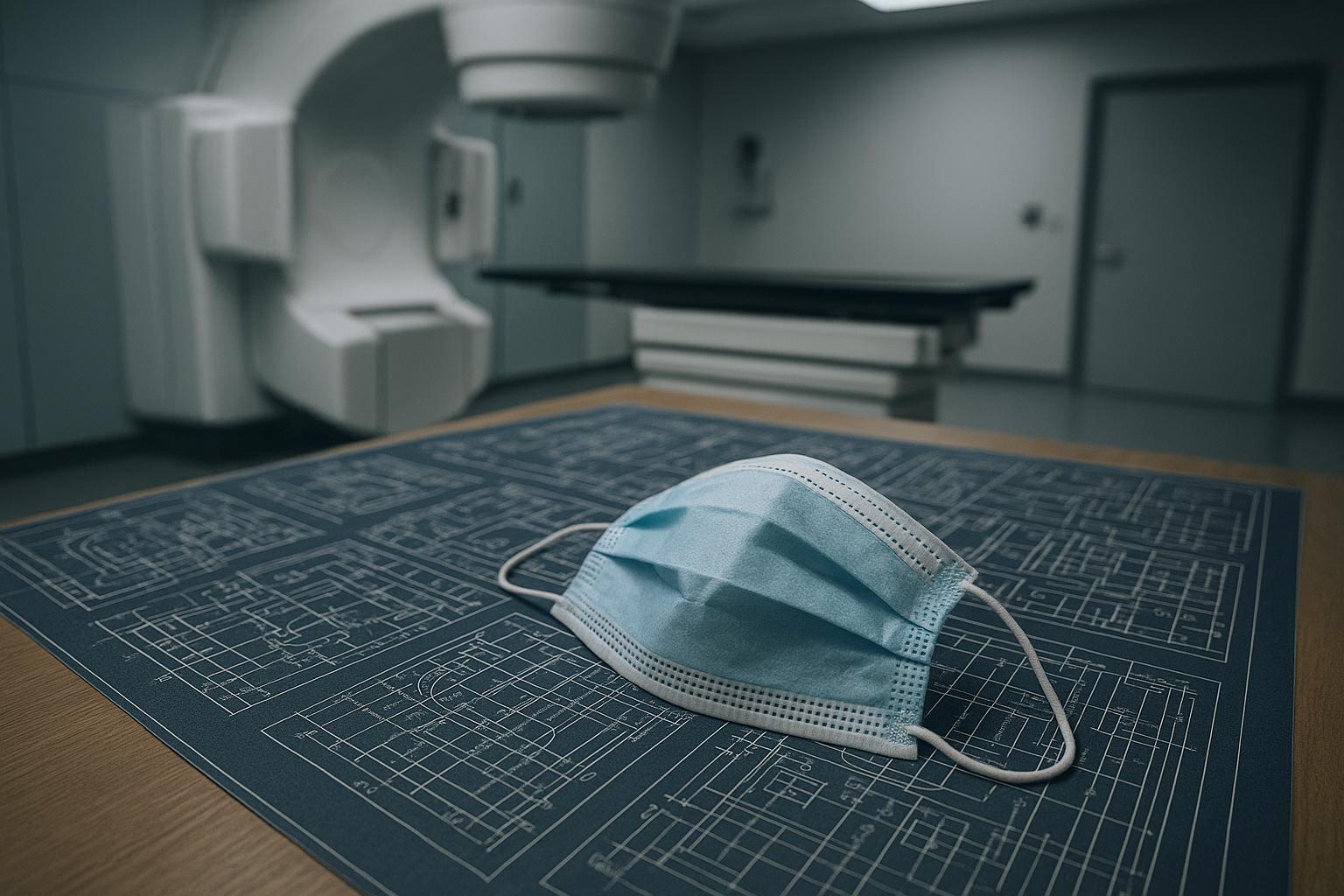Over the past quarter-century, radiotherapy has undergone a remarkable transformation, evolving from a relatively crude approach to a highly precise and personalised cancer treatment. Pat Price, visiting professor of Oncology at Imperial College London and chair of Radiotherapy UK, highlights how advances in hardware, software, and particularly artificial intelligence (AI) have enabled clinicians to deliver radiation with pinpoint accuracy. This progress means that instead of irradiating large, imprecise areas based on surface anatomy, oncologists can now target tumours dynamically, accounting for movement and changes in the tumour environment throughout the course of treatment. The ultimate goal is to maximise tumour control while minimising damage to surrounding healthy tissue, which has dramatically improved patient tolerance and outcomes.
Clinically, these advancements have significantly altered the patient experience. Historically, radiotherapy treatments could extend over several weeks with considerable side effects, often making the process arduous. Price recalls the era before imaging technologies when radiation fields were crudely centred, resulting in high toxicity. Today, treatment regimens like hypofractionation allow for fewer, more potent doses. For instance, prostate cancer radiotherapy, once requiring daily sessions over six weeks, can now, in some cases, be completed in just two treatments thanks to techniques such as intensity modulated radiotherapy (IMRT) and magnetic resonance (MR)-guided linear accelerators. This reduction in treatment burden translates to better quality of life and higher treatment completion rates.
One of the most impactful modern approaches is stereotactic body radiation therapy (SBRT), which delivers a highly concentrated dose to a small target volume. This method is particularly beneficial for hard-to-treat sites like brain metastases, where it supersedes whole-brain radiotherapy by focusing only on the lesions, thereby reducing cognitive side effects. Patients can often complete these therapies in just one session, treating multiple metastases simultaneously with minimal toxicity. Such advances underscore how radiotherapy has shifted from a once aggressive and harsh treatment to one that is highly tolerable and effective.
The integration of AI is especially noteworthy in enabling adaptive radiotherapy — a technique that adjusts radiation delivery in real-time based on imaging acquired during each session. This capability, now being adopted at leading institutions like Henry Ford Health, uses enhanced imaging such as cone beam computed tomography to create precise, high-resolution images for daily treatment plan modifications. According to the American Medical Association, these developments are pushing radiotherapy towards unprecedented levels of customisation, improving tumour targeting and sparing normal tissue even further.
Beyond technological gains, the human element in radiation therapy remains crucial. Radiotherapy teams, including radiographers and technologists, provide patients with consistent support and education throughout the treatment process. As Price notes, this interaction became particularly valued during the COVID-19 pandemic when patients experienced social isolation but still benefited from face-to-face care during radiotherapy sessions. Such holistic support is essential in helping patients endure treatment and manage side effects both during and after therapy.
Despite the impressive progress, challenges persist, especially in expanding access to radiotherapy globally. While high-income countries also face hurdles related to geography and resource allocation, many lower- and middle-income regions still lack basic radiotherapy infrastructure altogether. An estimated 38 countries worldwide have no access to this essential cancer treatment. The cost of a radiotherapy machine, around £2 million in the UK, is relatively modest when viewed as a long-term investment that can treat hundreds of patients annually with cost-effective outcomes compared to expensive systemic therapies. However, raising awareness among policymakers about these benefits remains a critical barrier.
Looking forward, several exciting directions promise to further revolutionise radiotherapy. The advent of FLASH radiotherapy, which delivers ultra-high dose rates in extremely short bursts, offers hope for better tumour control with fewer side effects, as emerging preclinical data from institutions like Institut Curie suggest. Clinical trials for FLASH are anticipated to begin soon, potentially marking a new era in treatment delivery. Other promising fields include particle therapy using heavy ions, which may provide superior cell kill mechanisms, and novel combinations of radiotherapy with immunotherapy. Radioimmunotherapy, where radiation is combined with immune-enhancing agents or radiolabelled compounds, is also an active research area aimed at harnessing synergistic effects to improve outcomes.
In sum, radiotherapy today embodies the convergence of advanced physics, engineering, computing, and clinical science, offering more effective and patient-friendly cancer treatments than ever before. As Price eloquently puts it, radiation itself is a natural phenomenon with a proven ability to kill cancer cells; the ongoing challenge is to refine the tools and methodologies to leverage this power optimally—curing more patients while preserving their quality of life. The future of radiotherapy, bolstered by innovation and global advocacy, holds immense potential to transform cancer care worldwide.
📌 Reference Map:
- Paragraph 1 – [1], [2], [3]
- Paragraph 2 – [1], [6]
- Paragraph 3 – [1], [6], [7]
- Paragraph 4 – [1], [3], [5]
- Paragraph 5 – [1]
- Paragraph 6 – [1], [4]
- Paragraph 7 – [1], [2], [4]
Source: Noah Wire Services
